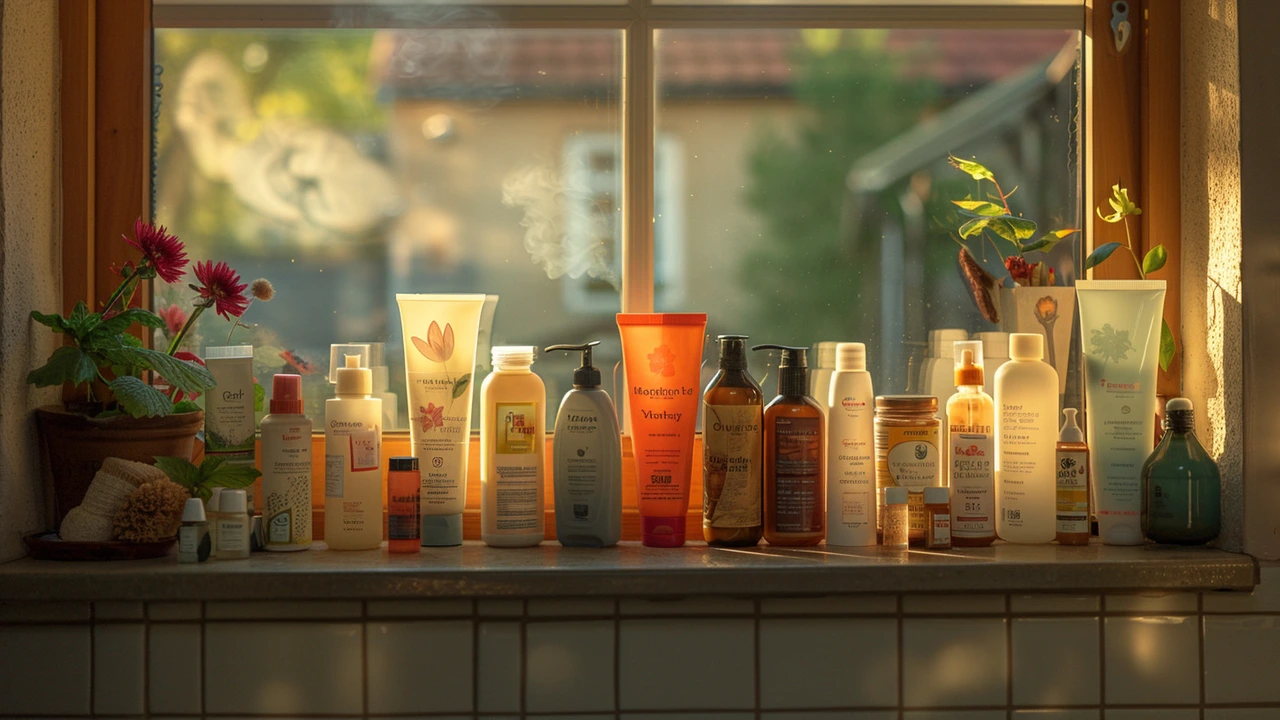Skin Type Guide: Find Your Skin and Treat It Right
Want skin that actually behaves instead of acting up? Start by knowing your skin type. That one small step makes choosing cleansers, moisturizers, and active treatments simple—and saves money and irritation. Below are clear signs to identify your skin type and easy, real-world routines you can use today.
How to tell your skin type
Do this quick test: wash your face with a gentle cleanser, wait an hour, and look/feel. If your skin feels tight and flakes, you’re likely dry. If your T‑zone (forehead, nose, chin) shines but cheeks don’t, that’s combination. If your face looks shiny everywhere with visible pores and frequent breakouts, you’re oily. If your skin blushes, stings from new products, or reacts to heat, you’re sensitive. Normal skin feels balanced, rarely flakes or shines, and tolerates most products.
Also notice long-term patterns: redness and visible capillaries point to sensitivity or rosacea; persistent clogged pores and cysts suggest acne-prone skin; fine lines and rough patches often mean dehydration even if your skin is oily.
Daily routine for each skin type
Dry: Use a cream or oil-based cleanser, skip hot water, and apply a rich moisturizer with ceramides or glycerin. Add hyaluronic acid under your cream for extra hydration. Use sunscreen every morning—dry skin burns just like any other.
Oily: Choose a gentle foaming or gel cleanser and a lightweight, oil-free moisturizer. Look for ingredients like niacinamide and salicylic acid to control shine and unclog pores. Clay masks once a week can help without over-drying.
Combination: Treat different zones differently—gentle cleanser for all, lightweight gel moisturizer on T-zone, richer cream on cheeks. Spot-treat breakouts with salicylic acid.
Sensitive: Go fragrance-free and product-minimal. Use low‑concentration actives and patch-test for 48 hours. Look for soothing ingredients like niacinamide or colloidal oatmeal. If irritation persists, stop the product and see a dermatologist.
Acne-prone: Benzoyl peroxide and salicylic acid are first-line OTC choices. For stubborn or cystic acne, a dermatologist may recommend topical retinoids or oral options like isotretinoin—these need medical supervision due to side effects like severe dryness and, for isotretinoin, strict pregnancy precautions.
Sun protection: Everyone needs daily sunscreen. Pick broad-spectrum SPF 30+ and reapply if you’re outdoors for long periods. Sunscreen also reduces irritation when using retinoids or some antibiotics that raise sun sensitivity.
Medications and safety
Some medicines affect your skin. Antibiotics like tetracyclines can increase sun sensitivity. Topical steroids clear inflammation fast but can thin facial skin if used long-term. Retinoids speed cell turnover but make skin drier and sun-sensitive—use moisturizer and sunscreen.
Buying meds online? Only use licensed pharmacies that require a prescription and have clear contact info and reviews. Avoid sites that sell powerful drugs without prescriptions.
When to see a pro: sudden severe redness, painful cysts, changing moles, or skin changes that don’t respond to simple care. A dermatologist can prescribe treatments that work faster and safer than guesswork.
Want a short checklist to start? Cleanser, moisturizer, sunscreen, and one targeted active (like niacinamide, salicylic acid, or hyaluronic acid). One change at a time. Track results for four to six weeks, then adjust.
Choosing the correct tretinoin strength can make a significant difference in your skin care journey. This article explores different tretinoin strengths, how to match them with various skin types, and practical tips for integrating them into your skin routine.
Continue reading...






